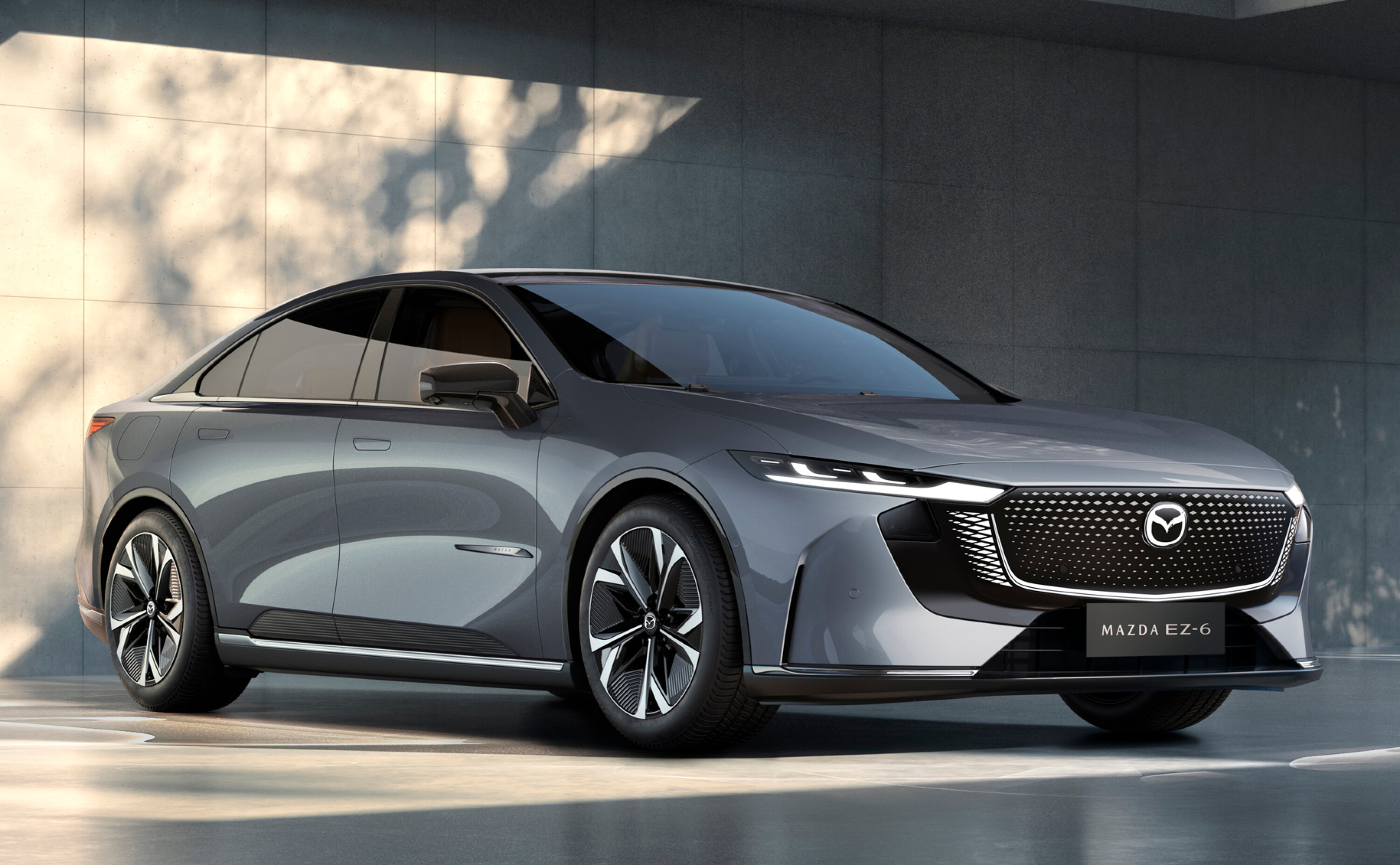The electrified 2025 Mazda EZ-6 sedan has debuted to replace the long-running internal combustion Mazda 6 in China.
A twin-under-the-skin to the Chinese-market Deepal SL03 – a vehicle from Mazda’s joint-venture partner Changan – the EZ-6 will be offered in all-electric or range-extender plug-in hybrid forms.
While the Deepal SL03 is built in right-hand drive for Thailand – where it’s known as the Changan Deepal L07 – Changan Mazda has not announced any export plans for the EZ-6 in left- or right-hand drive.
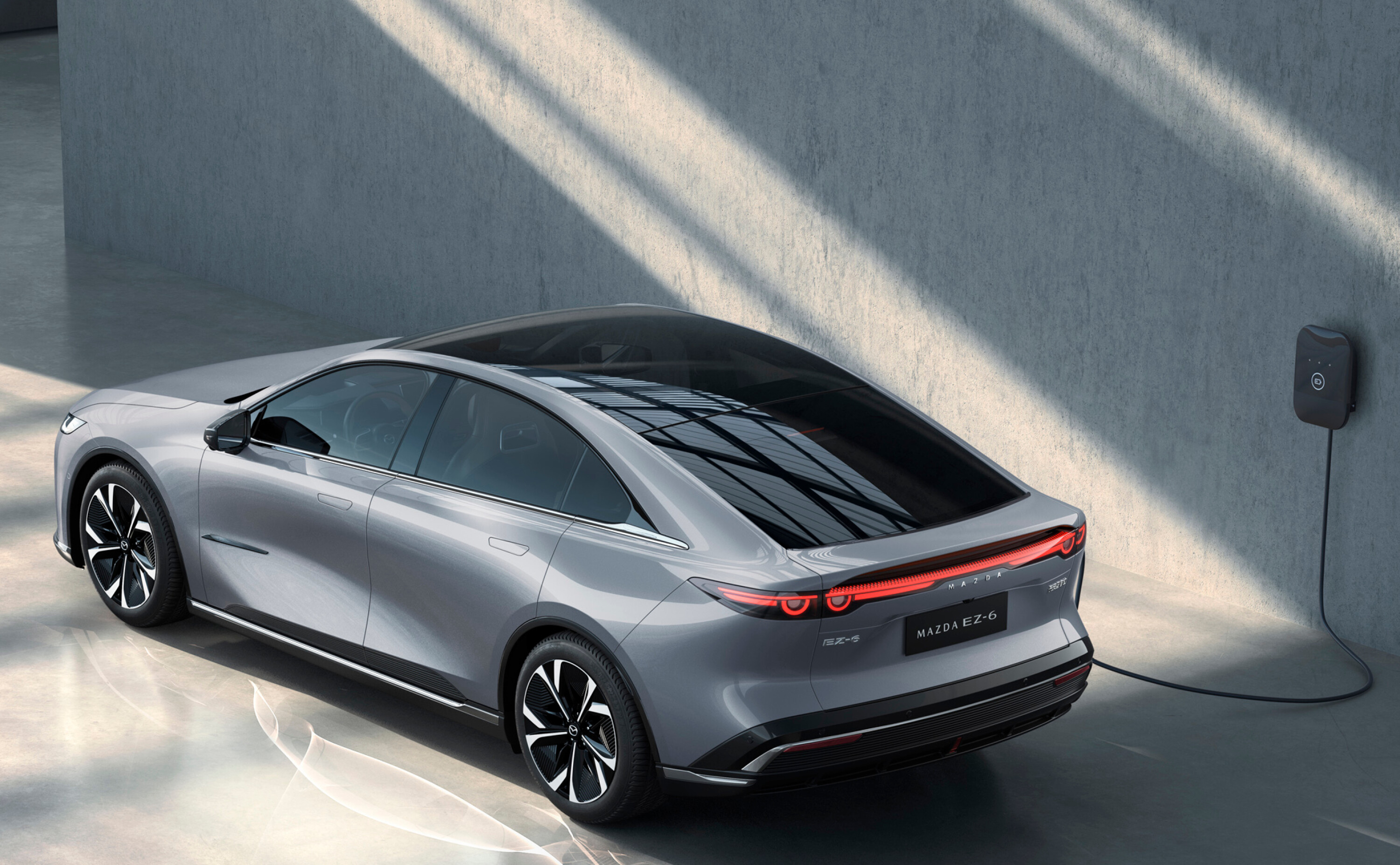
Like the Isuzu D-Max-related Mazda BT-50 ute sold in Australia, the EZ-6 has a unique front and rear design compared to its Deepal twin while retaining its overall frame – including the same wheelbase.
The EZ-6 measures 4921mm long, 1890mm wide and 1485mm – 56mm longer, 50mm wider and 35mm taller than the Mazda 6 sedan.
It likely adopts the same 2900mm wheelbase as its SL07 twin, 70mm more than the Mazda 6.
As with the Toyota bZ3 electric sedan – which is based on the same Toyota platform as the bZ4X but with BYD-sourced components – there are no plans to sell the Mazda EZ-6 outside of China, despite it being a rival to the world’s all-time best-selling EV, the Tesla Model 3.
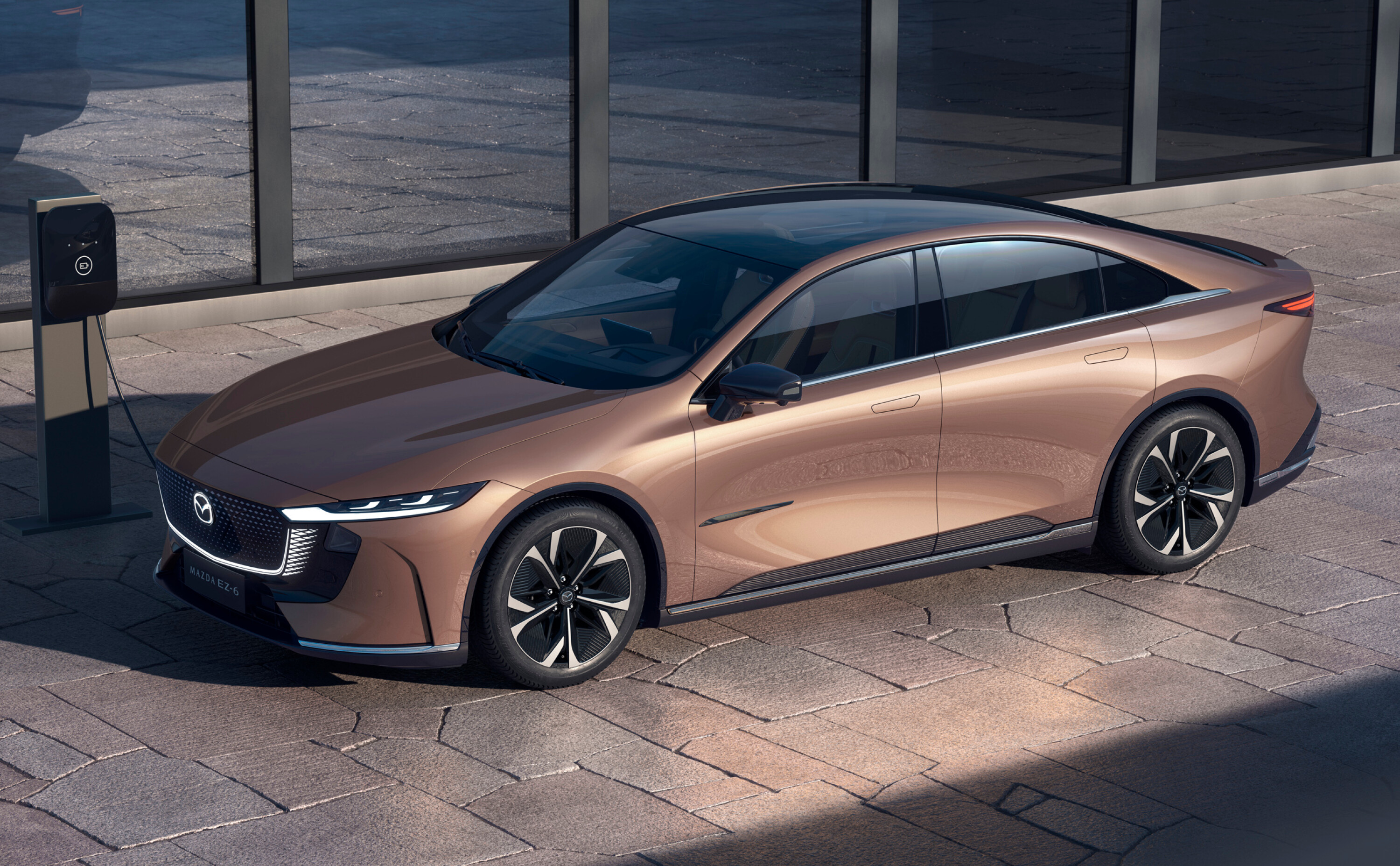
An SUV derivative – codenamed J90K and likely badged ‘EZ-60’ – should arrive in China later based on the midsize Deepal S7, which has similar dimensions to the Tesla Model Y.
Mazda plans to introduce electric vehicles for other markets – including Australia – based on its dedicated ‘SkyActiv Multi-Solution Scalable Architecture’, starting with a new electric SUV in 2025 or 2026.
The EZ-6 is the first Mazda vehicle to wear the brand’s evolved design language with slimmer, rectangular daytime running lights and a lower main headlight beam, as well as full-width tail-lights, a spelt-out rear Mazda badge, and a retractable spoiler.
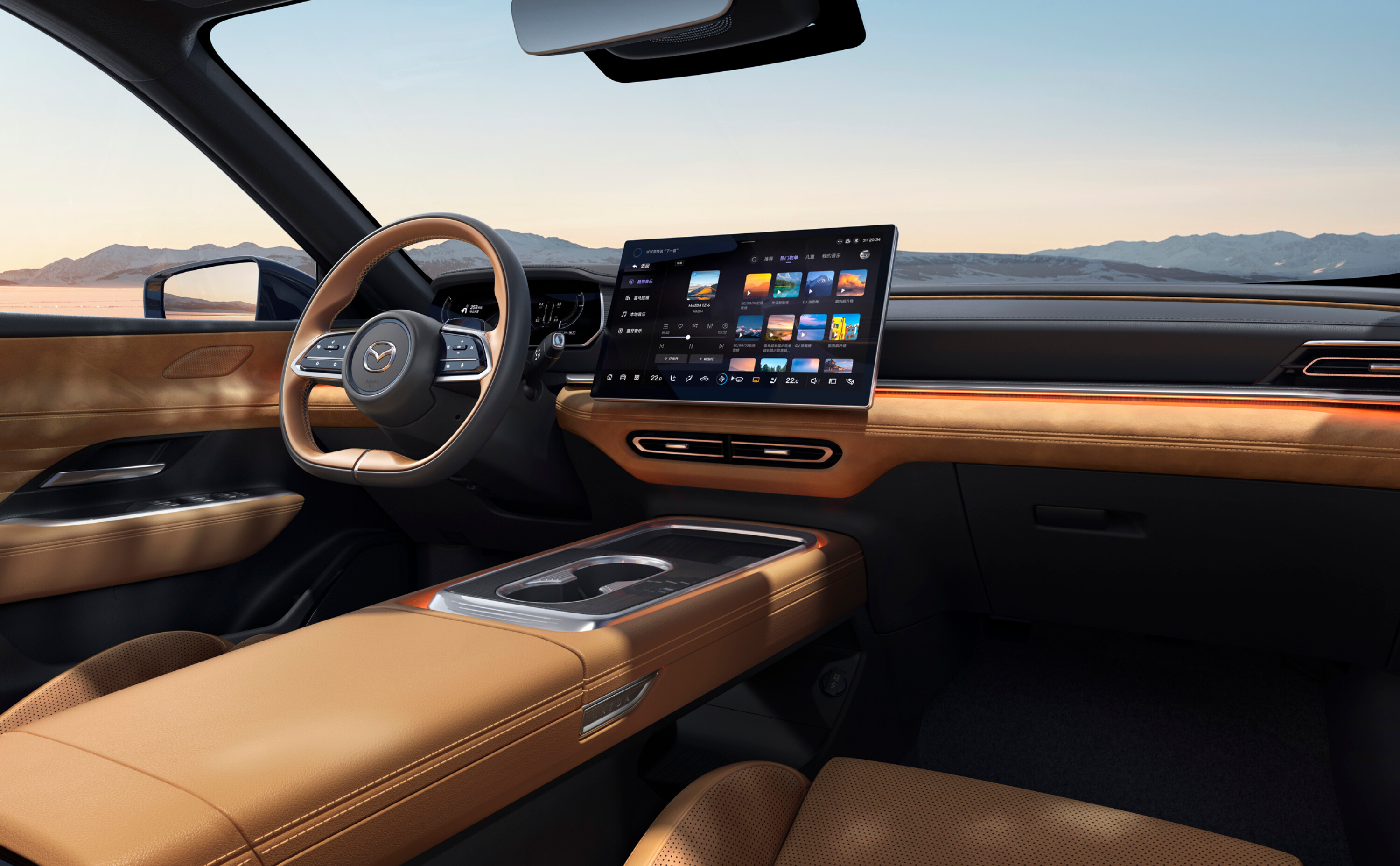
Mazda also unveiled the ‘Arata’ concept at the Beijing Auto Show this week with new styling that could reach the successor to the brand’s top-selling CX-5 due in 2025.
Inside, the EZ-6 shows its Deepal SL03 bones with several borrowed parts, including a 14.6-inch infotainment system – the largest ever fitted to a Mazda vehicle – a digital instrument cluster, touch-sensitive steering wheel controls, and an augmented reality head-up display.
It also features a 14-speaker Sony audio system, 64-colour configurable ambient lighting, a panoramic sunroof, and a Qualcomm SA8155 Snapdragon system-on-a-chip to control various functions.
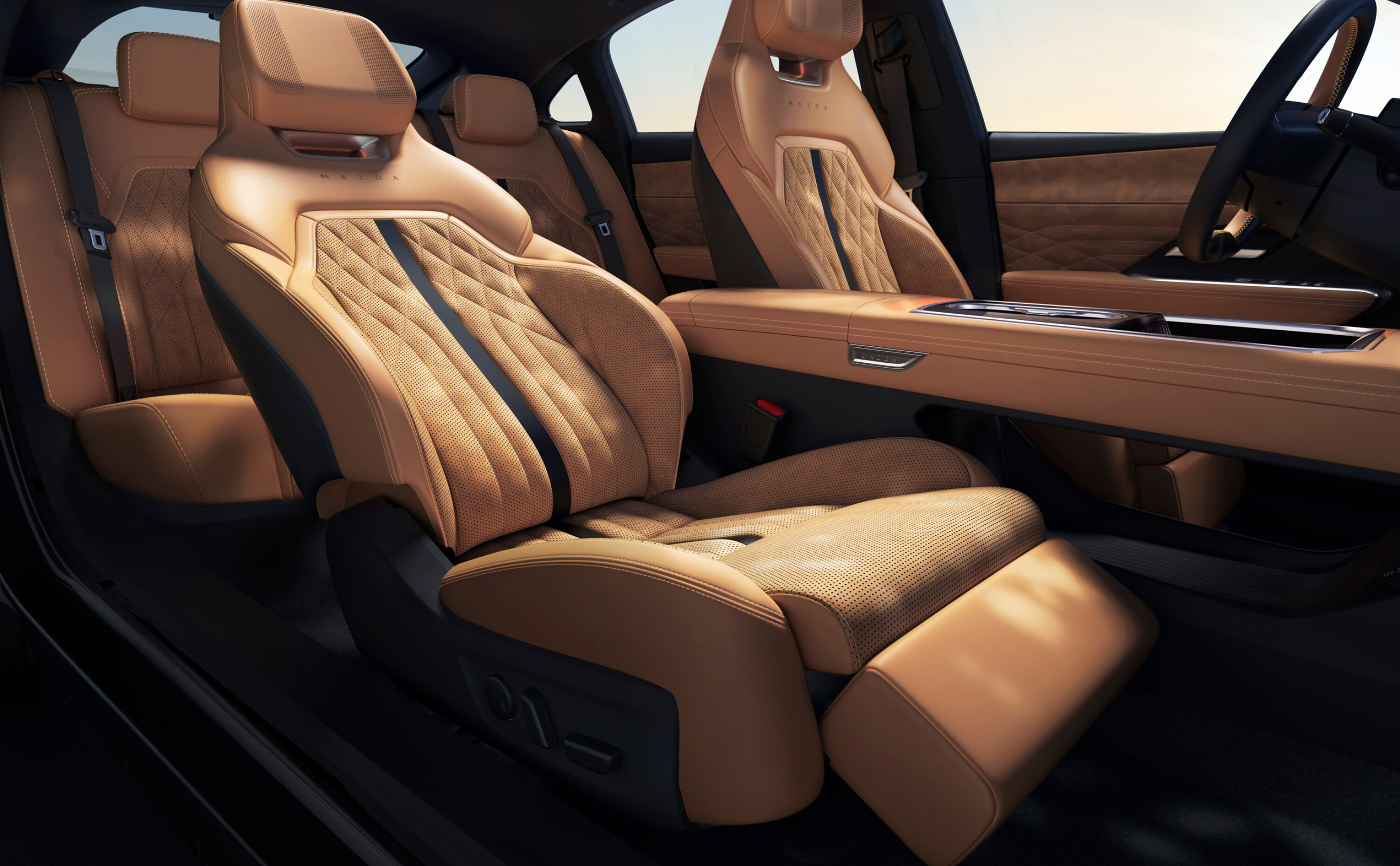
However, the EZ-6 adopts a similar design to the CX-60 and CX-90 with tan-coloured accents, unique air vents, more chrome lashings, perforated leather upholstery with a central stripe, and a circular steering wheel horn pad.
The Mazda 6 ended production in China in December 2023, but the venerable sedan and wagon lives on in Australia for now, with our version sourced from Japan.
Outside of China, Mazda filed to trademark the ‘Mazda 6e’ and ‘6e’ names with the European Union Intellectual Property Office on March 18, 2024, to protect its use for “automobiles and their parts” and “electric cars and their parts”.
This points to an all-electric successor for the Mazda 6 for other markets – such as Australia, Japan, Europe and North America – which could be based on Mazda’s own ‘SkyActiv Multi-Solution Scalable Architecture’ instead of the China-specific ‘EPA’ platform underpinning the Mazda EZ-6 and Deepal SL03.
An electric successor to the current Mazda 6 – which has been on sale for 12 years – would provide Mazda with a rival to the Tesla Model 3, Polestar 2 and BYD Seal.
It would also compete with premium midsize electric cars like the BMW i4 and soon-to-arrive Mercedes-Benz CLA EV.
Globally, Mazda offers two electric vehicles – the MX-30 EV and the now-axed, China-only CX-30 EV.
The MX-30 Electric was axed in Australia in late 2023 due to “Mazda Corporation’s strategy to welcome a range of new electrified models between now and 2025 – including hybrid electric vehicles, PHEVs and BEVs”.
We recommend
-
 News
News2025 Mazda 'EZ-6' electric sedan teased for China ahead of reveal next week
An all-electric Mazda sedan, based on an existing Chinese-market vehicle, will debut at the Beijing Auto Show next week – though it's unclear if it'll be offered outside of China
-
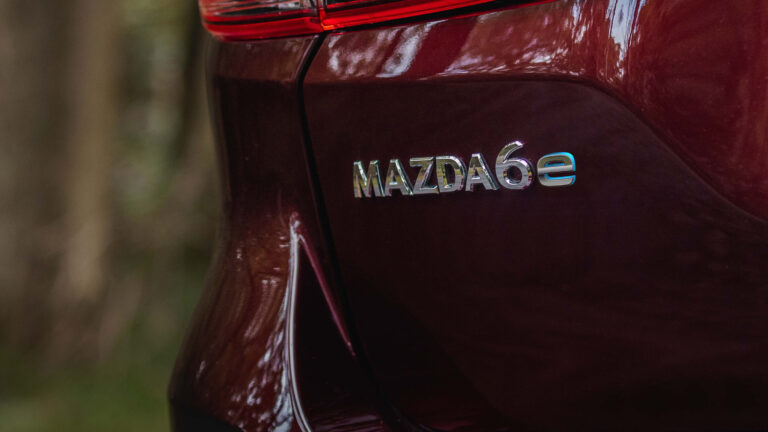 News
NewsElectric Mazda 6 successor coming? ‘Mazda 6e’ name trademarked in Europe
Mazda has trademarked the ‘Mazda 6e’ name in Europe, which could be used for an electric Tesla Model 3 rival based on its new scalable architecture
-
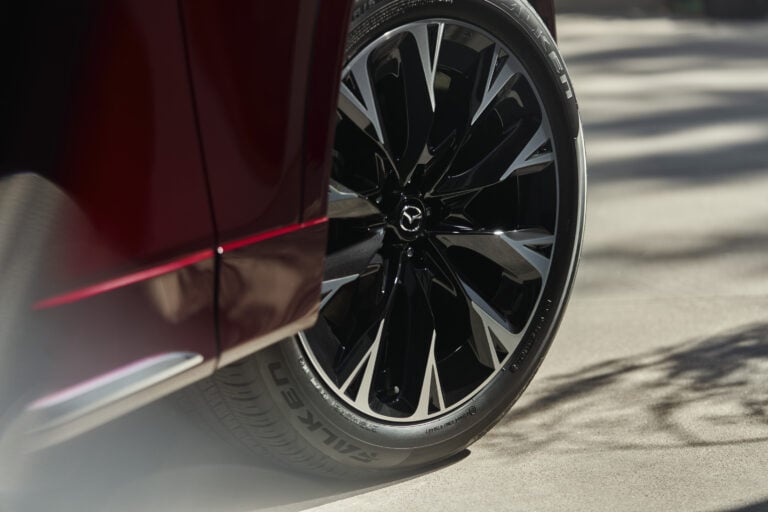 News
NewsNew Mazda models coming: CX-5, CX-70, CX-80, EZ-6, RX-7 & more
Your guide to what's around the corner for Mazda Australia in 2024, 2025 and beyond... plus some potential additions yet to be confirmed


